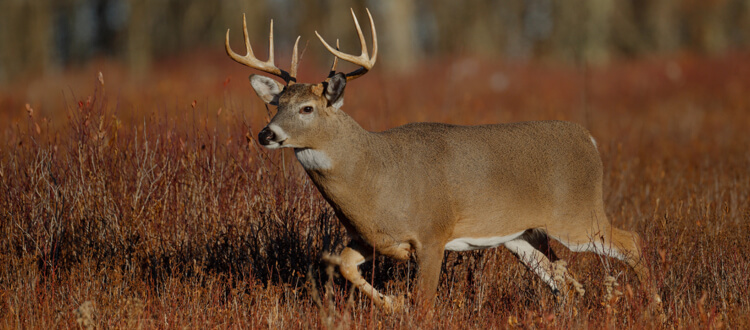Selecting Trees for Southwest Kansas
By Ron Honig
Unfortunately, we have all seen trees that have for one reason or another not fared well in southwest Kansas. Whether it be heat, wind, drought, pests or unfit soil, certain trees are prone to problems in our environment.
One of the best ways to solve this problem is to plan ahead when selecting new trees and plant species and cultivars that are known to do well in this part of the state. To aid in proper tree selection, Kansas State University and the Kansas Forest Service have put together a publication titled “Preferred Trees for Southwest Kansas” highlighting a number of trees recommended for use under our unique set of conditions.
The publication, free to the public, provides specific tree and cultivar name recommendations for small, medium and large deciduous trees as well as several recommendations for evergreen trees that can be expected to thrive in southwest Kansas. Each tree listed in the publication is rated on a number of environmental factors such as tolerance to drought, shade, pests and alkaline soils, but also on landscape attributes such a brilliance of autumn foliage, desirable flowers, showy fruit and ornamental bark, among other categories. Estimated mature heights and spreads are provided as well.
Examples of small deciduous trees to consider are the Eastern (Cercis canadensis) and Oklahoma (Cercis reniformis ‘Oklahoma’) Redbuds. The alba variety of Eastern Redbud has white flowers. The Oklahoma Redbud is praised for having more intense flower color and some natural insect resistance.
For a medium-sized tree check out the Goldenraintree (Koelreutaria paniculata) with brilliant yellow flowers or the Chinese Pistache with beautiful red and orange fall foliage.
If you are looking far a large tree over 40 feet tall, consider a Kentucky Coffeetree (Gymnocladus dioica) but look for a male cultivar to avoid dealing with a crop of large pod-like fruit.
American Linden (Tilia Americana) and Littleleaf Linden (Tilia cordata) trees do fairly well in our region but will need to be watered well through dry spells.
Ponderosa Pine (pinus ponderosa) are still one of the best evergreen choices for our area due to their drought resistance. Southwestern White Pine (Pinus strobiformis) grows well in this region but may see problems with scale insects.
Most maple trees do not grow well in our high pH soils and tend to have yellow leaves and stunted growth under the poorest soil conditions. If you have your heart set on planting a maple tree, check out the varieties known as Caddo sugar maples which were selected and developed in Caddo County, Oklahoma. The Caddo maples have good drought tolerance and have proved to do better in our high pH soils than traditional maples.
Look for the cultivars named “Autumn Splendor” or “John Pair”. Although these Caddo maples have a better chance of success in western Kansas, there is still no guarantee of optimum growth.
To see more details on potential tree species and cultivars for southwest Kansas pick up a copy of “Preferred Trees for Southwest Kansas” from the Extension office or download it from the K-State Research and Extension website.







